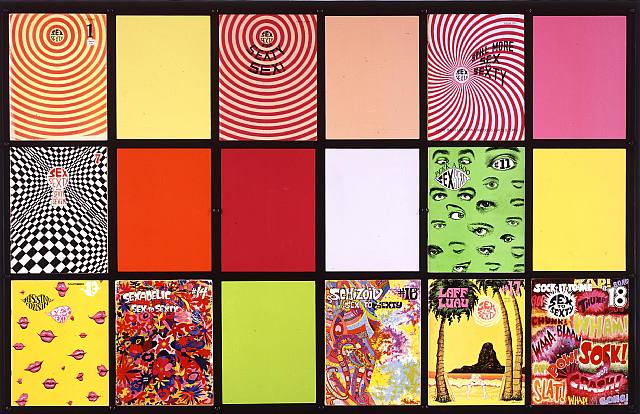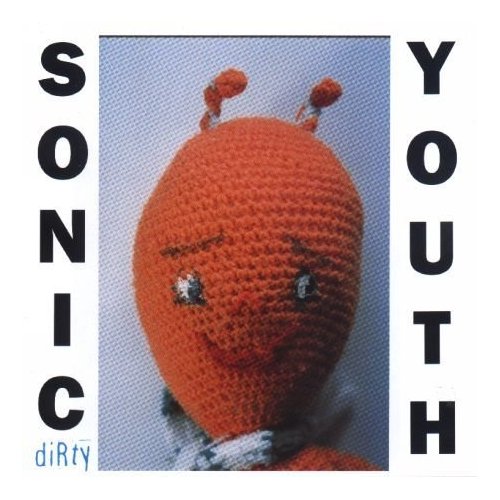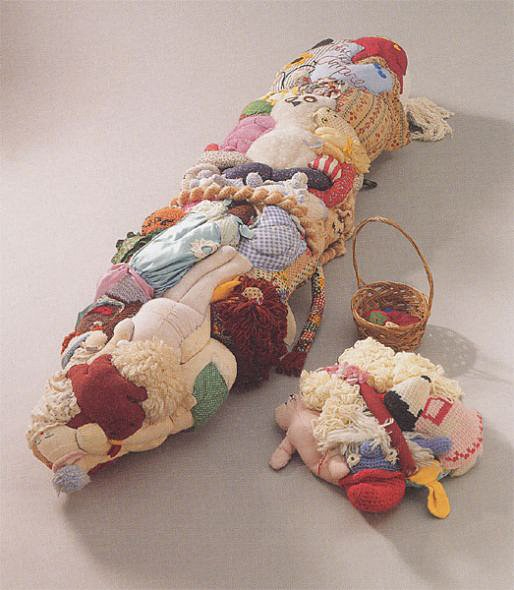- Can you tell us something about yourself? When did you discover your passion for art?
I was born and raised in Liverpool, living also in London, and studied Fine Art at Newcastle University before moving to Frankfurt in Germany, Ten years ago. My wife is German and I have a two-year-old Daughter. Luckily, like most Artists I discovered early as a child that I wanted to become an Artist of some sort.
- What are your main sources of inspirations?
A hard question to answer, but roughly speaking, Life and everything about it. The starting point for a painting can be anything that strikes a visual chord with me, a Photograph, or magazine image, a drawing from my sketch books, anything at all. Only later when I’ve finished a painting do I discover what it was that about the image that first inspired me, if I’m lucky.
- How do you create your works?
Once I’ve decided on an image or idea I start with painting on a prepared canvas. Working with Acrylic and Oil paint.Every painting changes so many times, often completely, before I think it’s finished. There is no painting I made that have not struggled with. But it is a struggle that I love. Each painting feels like a complete lifetime. birth-life-death. Each work has its own history, meaning, and story to tell.
- What are your favourite artists? Why?
There are so many Artists I admire, and I love discovering new ones. But here is a selection; Willem De Kooning. The greatest abstract painter. His work in the late 50s and late 70s and 80s is unsurpassed in modern painting. Vincent Van Gogh. The only artist who has made me cry. A genius and hero of the human race. Anselm Kiefer. Incredibly brave and powerful Art. I love the scale of his work. Roger Dean. English fantasy illustrator and the first Artist whose work I fell in love with. Some less known but brilliant contemporary Artists I admire are; Neo Rauch, David Schnell, Hans Jörg Doblair, Martin Greenland, Brian Novatny.
- Ci puoi raccontare qualcosa su di te? Quando hai scoperto la tua passione per l’arte?
Sono nato e cresciuto a Liverpool, ho vissuto anche a Londra, e ho studiato arte all’Università di Newcastle, prima di trasferirmi a Freancoforte in Germania, dieci anni fa. Mia moglie è tedesca e ho una figlia di due anni. Per fortuna, come molti artisti, ho scoperto presto, già da bambino, che volevo diventare un’artista.
- Quali sono le tue principali fonti d’ispirazione?
Una domanda difficile a cui rispondere, ma parlando in modo spiccio, la Vita e tutto ciò che riguarda essa. Il punto d’inizio per un dipinto può essere qualsiasi cosa che spezzi una corda in me, una fotografia, un imagine di giornale, un disegno del mio quaderno degli schizzi, e tutto in generale. Solo dopo che ho finito un dipinto riesco a scoprire cosa, nell’immagine da cui tutto è partito, mi ha realmente ispirato.
- Come crei I tuoi lavori?
Una volta che ho deciso un’immagine o un’idea inizio a dipingere su una tela preparata lavorando con acrilici e colori ad olio. Ogni dipinto cambia molte volte, in certi casi completamente prima che pensi che sia finito. Non c’è una sola opera che ho fatto senza aver dovuto combattere con essa, ma è questo conflitto che amo di più. Ogni diointo sembra avere una vita: nascita-vita-morte. Ogni dipinto ha la sua storia, il suo significato e qualcosa da raccontare.
- Quali sono I tuoi artisti preferiti? Perchè?
Ci sono moltissimi artisti xhe ammiro e mi piace anche scoprirne di nuovi. Ma ecco una selezione: Willem De Kooning. Il più grande pittore astrattista. Il suo lavoro negli ultimi anni 50, 70 e 80 non è ancora stato sorpassato nella pittura moderna. Vincent Van Gogh. L’unico artista che mi ha fatto piangere. Un genio ed eroe per l’umanità. Anselm Kiefer. La sua arte è incredibilmente potente e coraggiosa. Roger Dean. Illustratore fantasy inglese e primo artista di cui mi sono innamorato. Alcuni artisti, meno conosciuti, ma comunque brillanti che mi piaccioni sono: Neo Rauch, David Schnell, Hans Jörg Doblair, Martin Greenland, Brian Novatny.
For further information see also
http://www.julianlee.de/.
All the images posted here are Julian Lee’s works.


















































